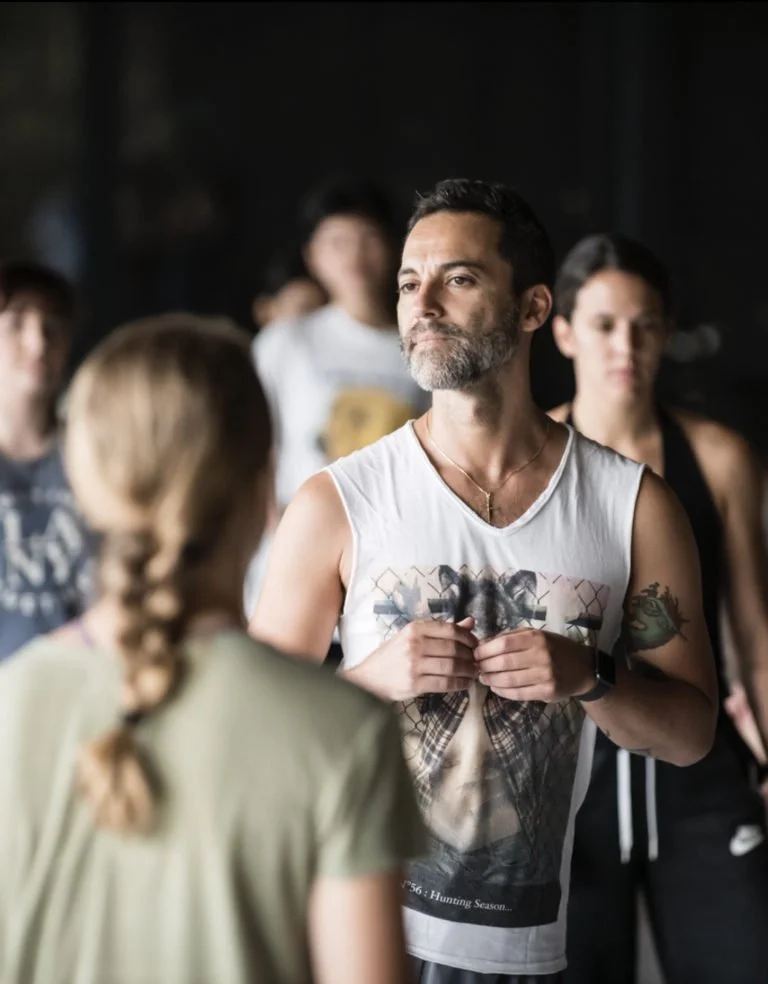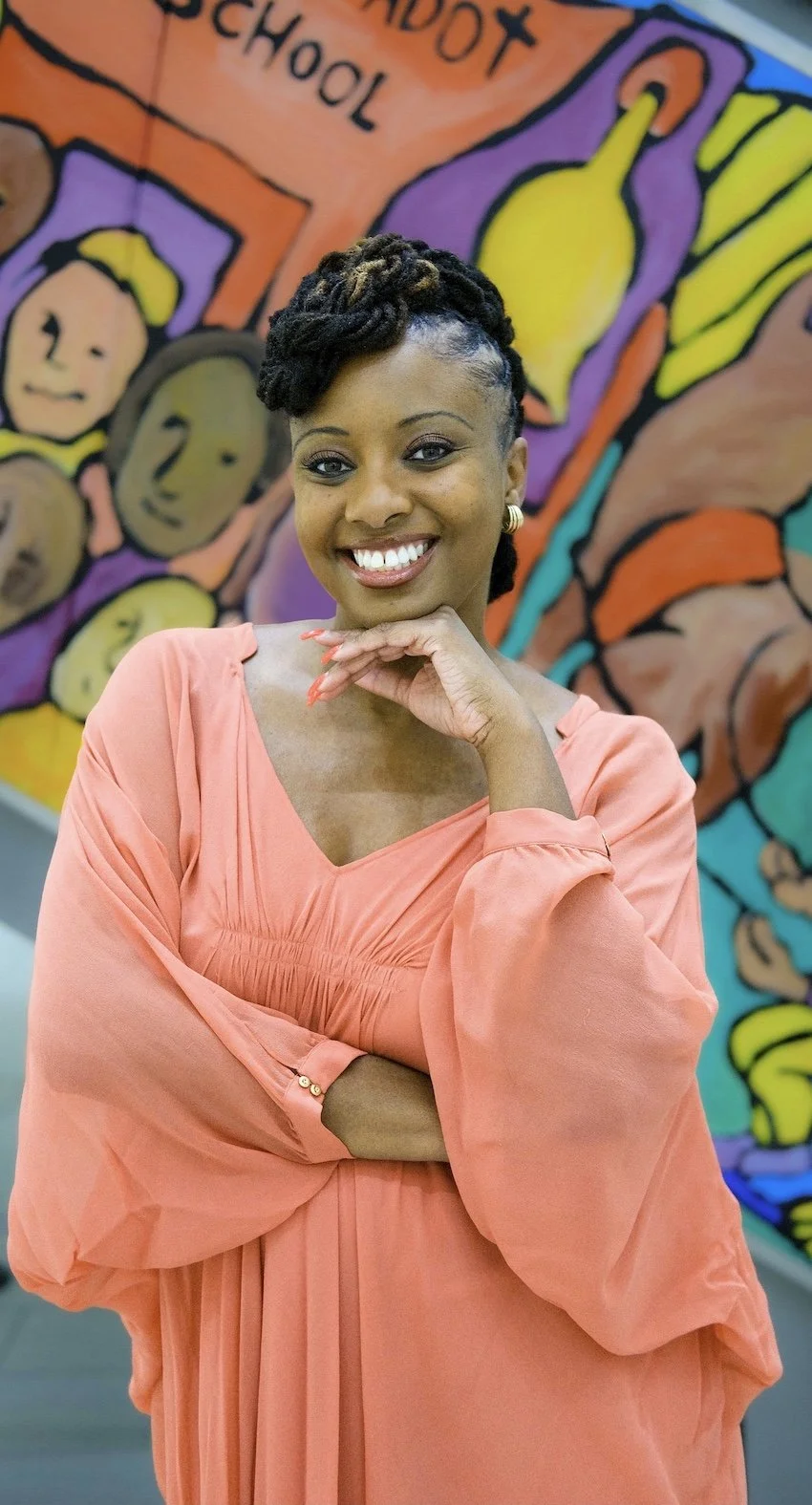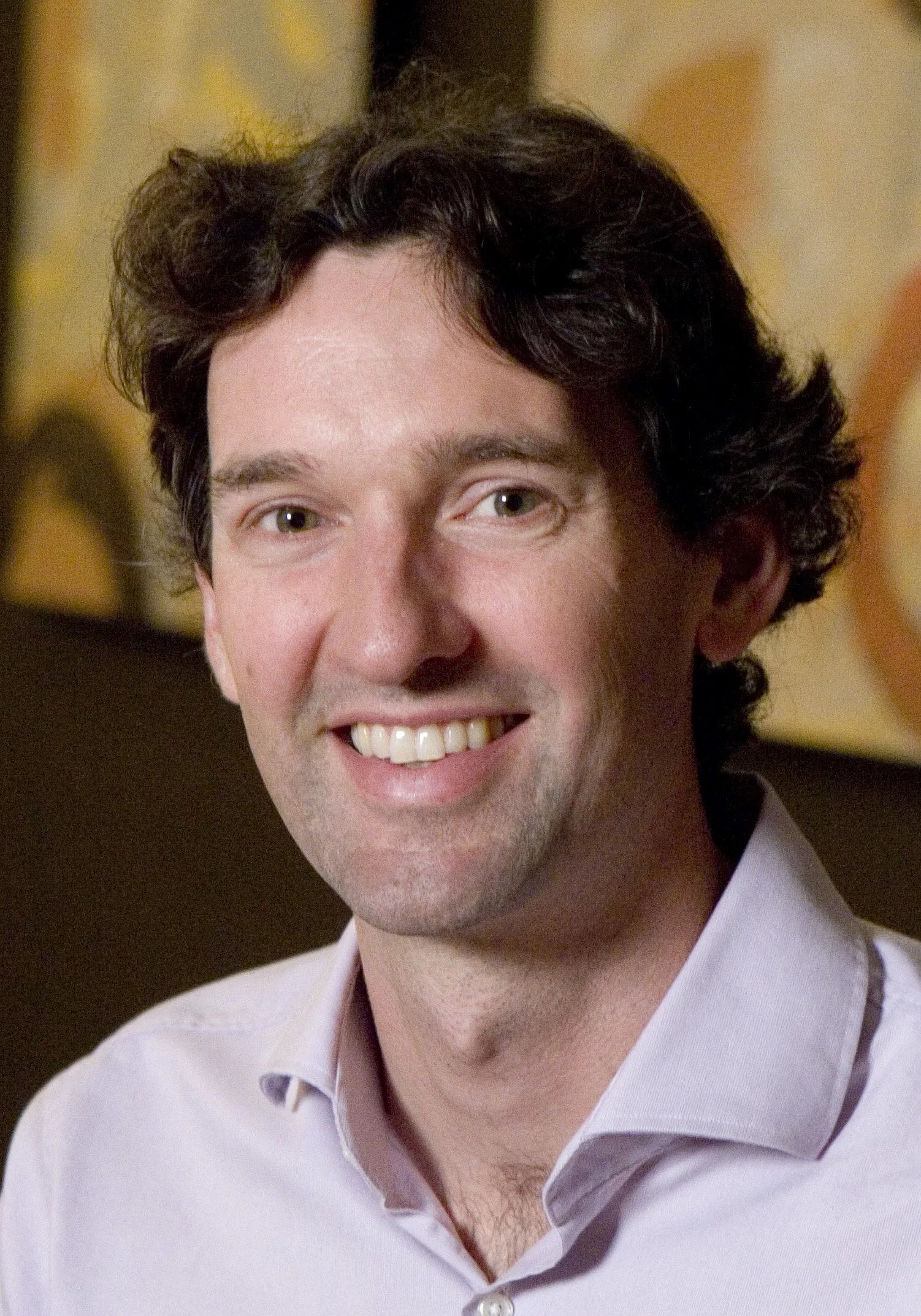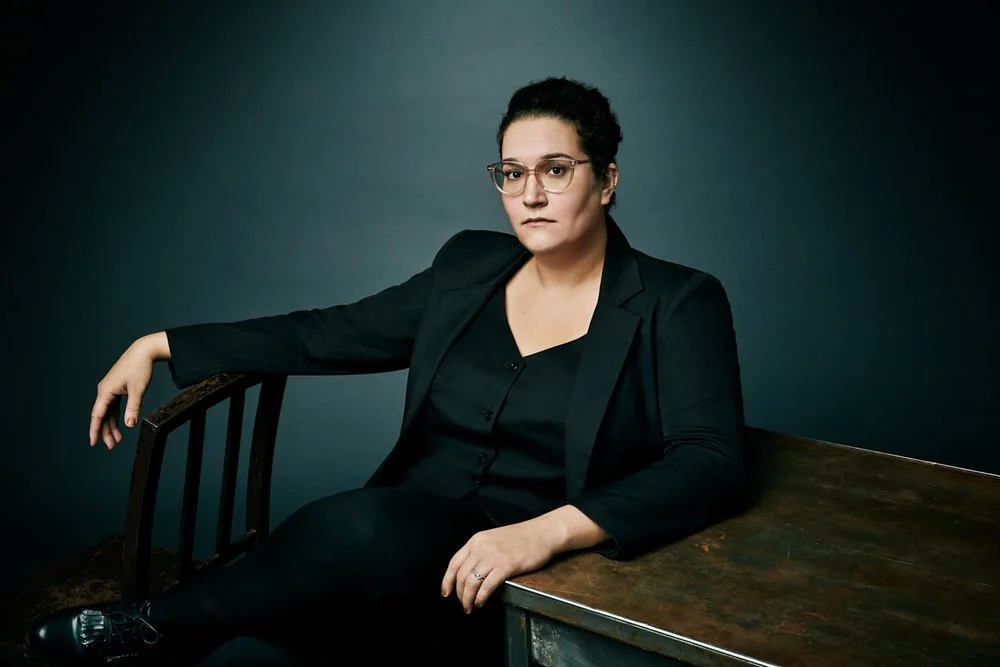STUART PIMM
/Global Leader in the Study of Present-Day Extinctions & Biodiversity
Founder & Director of Saving Nature
It's a complicated issue. I think a lot of those bird disappearances come from the fact that we have massively intensified our agriculture. Large areas of North America and Europe are now under intense agriculture. They are sprayed with a whole variety of pesticides, which I think is also responsible for the fact that many insects have disappeared, so species that depend on farmland have clearly declined dramatically, but it isn't all birds and there is a piece of this complicated story that involves water birds. Herons and egrets and ducks. Those species both in North America and Europe, are now much more common than they were 30, or 40 years ago. That comes from active conservation of protecting wetlands, making sure we don't shoot our wetland birds. So it’s not all doom and gloom. There are some success stories. There are many things we can do. I think 50 years ago, there were only something like 300 bald eagles in the lower 48 states. Bald eagles are now nesting in every state apart from Hawaii. Our conservation efforts have done a great job.



















